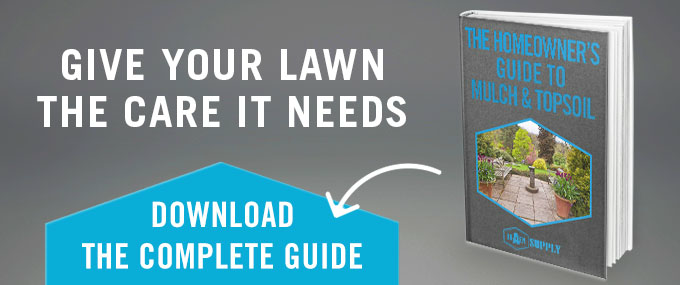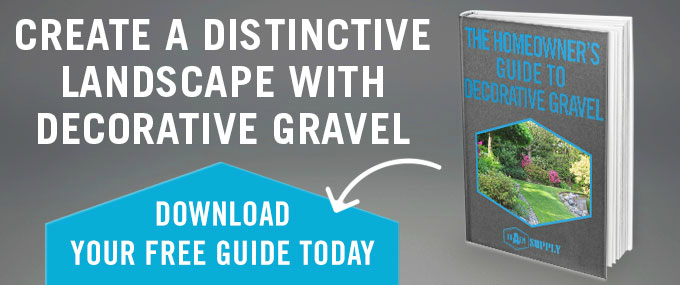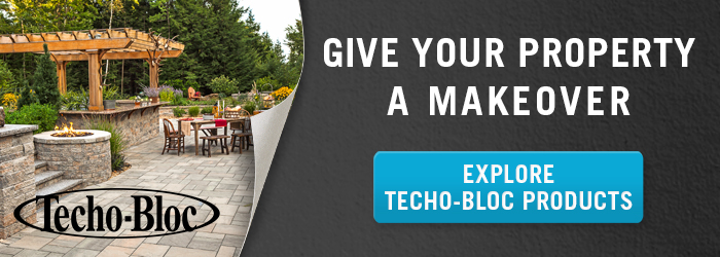6 Signs You Should Invest In A Stone Façade For Your Home
As a homeowner, you have a wide variety of options when it comes to renovating your home. You may choose to add another room, change the entire landscape, put in a pool, or take on an equally as ambitious project. If you’re interested in tackling a home improvement project that will add value to your home and improve its appearance, the installation of a stone facade should definitely be in the running.
Types of Material Used for a Stone Facade
There are a variety of factors involved when discussing the installation of a stone facade, but first, it’s important that you understand the different types that you can choose from. No matter what your decision may be, they will all look amazing. But, depending on your specifications and personal opinion, some may be better than others. Here is a quick rundown of the five types of stone facades for you to choose from:
- Full Stone Veneer — This option will put the entire stone veneer on display, and because the stones are larger, they can be cut and shaped into your desired design more easily.
- Thin Stone Veneer — If there isn’t quite enough room for a full stone veneer to fit in your home, then this slimmer stone will do, and can be installed more efficiently with a lower cost.
- Cultured Stone Veneer — Mass-produced using cast concrete and dye that is shaped to the desired design, cultured stone is available in a variety of colors and typically more cost-effective.
- Full Brick Veneer — Homeowners love the appearance of full brick veneer, which is available in a variety of options, will add value to your home, and is low maintenance once installed.
- Thin Brick Veneer — If you want the appearance of full brick but don’t have enough room for it, then this thinner, yet often more expensive option, is the way to go.
Signs You Should Invest in a Stone Facade
There are many different reasons why you may be considering the construction of a stone facade in your home. No matter the reason, we absolutely don’t blame you at all, because a stone facade can have many benefits. Here are some of the reasons why it may be time to invest in one right now:
Signs of Deterioration
Although homeowners sometimes don’t like to face the facts, your house won’t remain in tip-top shape without a good deal of maintenance from time to time. If your home is showing a bit of age or possibly even deteriorating, installation of a stone facade can breathe new life into it. This is the perfect way to improve your home’s overall appearance and gain some curb appeal.
Increase Its Overall Value
We all want our homes to be as gorgeous as possible, but very often, the work that we do on it comes down to increasing its overall value. Whether you’re preparing to sell the home in the future or live out your remaining days there, increasing the value of your home should be a goal of every homeowner. A stone facade may sometimes be a bit costly, but it is definitely worth the investment.
Home is Out of Date
The design of newer homes changes over a period of time, so it’s very possible that your home may not be up to modern standards. Although this can sometimes be a good thing, as there are plenty of classic looks that homeowners adore, it may be time for a bit of a more modernized look in many situations. This often comes down to personal opinion, so we’ll leave this one entirely up to you.
Available Funds for the Project
The truth is that many upgrades to your home, including the addition of a stone facade, don’t come cheaply. This is why it’s often considered to be an investment instead of just an extra expenditure. Therefore, if you have the cash on hand, then adding a stone facade is definitely worth your time. For example, if you still have some leftover money from your tax return, there aren’t too many better ways to spend it than by improving the appearance of your home.
Sticking Around for a While
While the addition of a stone facade on your home is a great idea when you’re trying to improve its value and sell it after a period of time has passed, it’s also a good idea if you’re planning to stick around for a while. After all, you always want your home looking its best while you’re living in it, and a stone facade will definitely improve its appearance. In fact, depending on exactly what you do to its overall look, it could seem like an entirely new home.
Low Home Improvement Interest Rates
Since home improvement jobs such as adding a stone facade onto your house will often cost a pretty penny, you may be inclined to take out a home improvement loan. This actually isn’t a bad plan, especially since you’ll see a return on investment over time. However, as with all things involving credit, it’s best to begin such an endeavor when interest rates have lowered. If you see home improvement loan rates take a dip, that may be the best time to consider the project.
Purchasing Building Materials in NJ
The installation of a stone facade is a big endeavor to undertake, and you want to make sure that you have all the right material and the correct amount prior to getting started. Braen Supply has been providing landscaping materials to New Jersey and surrounding areas for nearly 20 years. Our experts can assist you from the beginning of a project until the very end, and will answer any questions you have along the way. We offer competitive pricing for all types of landscaping materials and will provide you with a professional experience every single time that you do business with us



